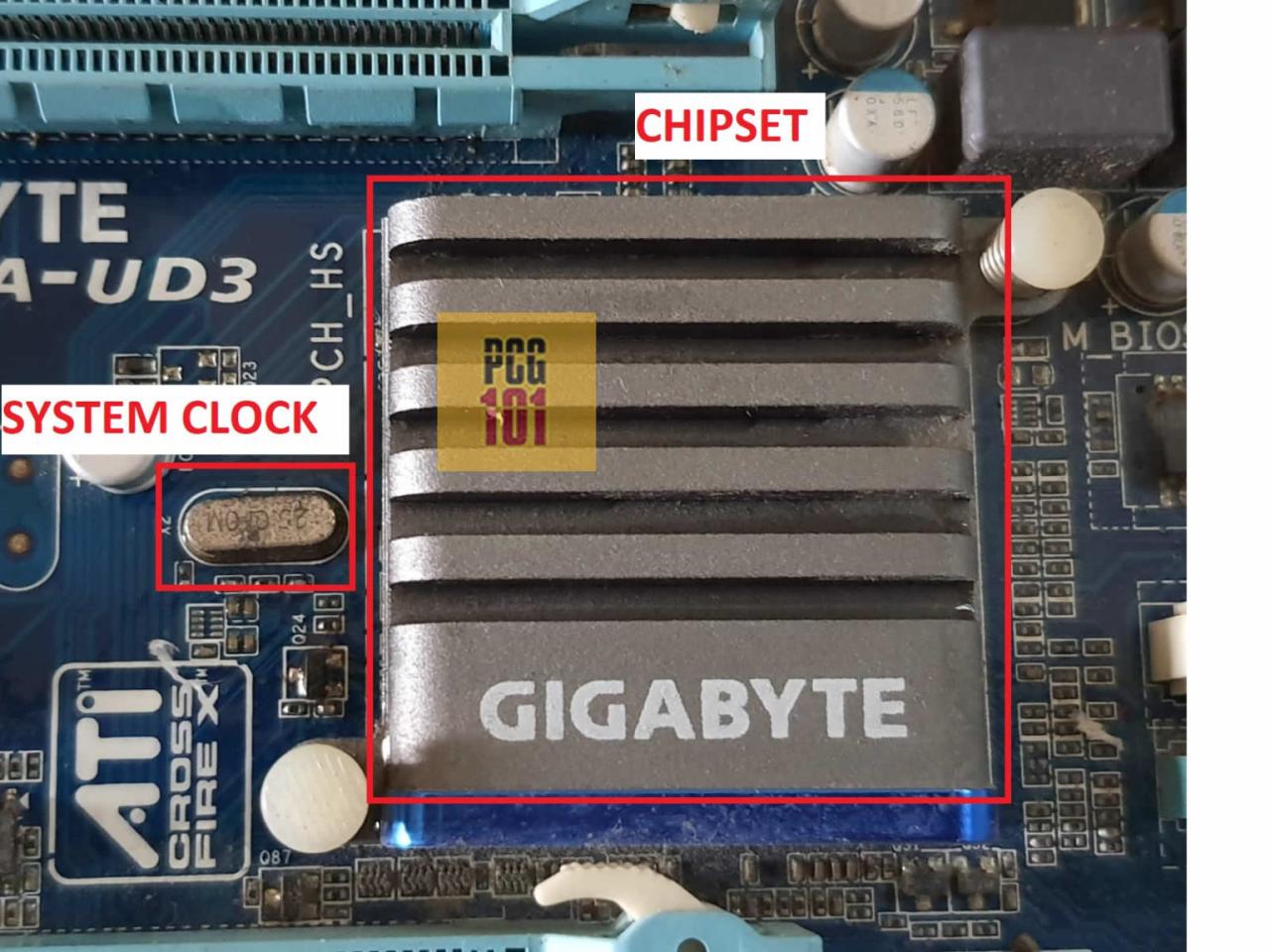Understanding the Role of the Motherboard in Your Computer sets the stage for a deeper exploration into one of the most crucial components of your PC. The motherboard acts as the backbone of your computer, connecting all the vital parts and allowing them to communicate effectively. In this discussion, we’ll dive into its functionalities, reveal the importance of its intricate design, and unveil how it impacts overall system performance.
The motherboard houses essential elements like the CPU, RAM, and various peripherals, playing a significant role in determining the capabilities of your system. Understanding its architecture helps users appreciate the complexities of modern technology and make informed decisions when upgrading or building a computer.
In today’s rapidly evolving world, the intersection of technology and lifestyle has become an intriguing topic of conversation. From the way we communicate to how we shop and even how we entertain ourselves, technology has transformed our daily lives in ways that were once unimaginable. In this article, we will explore various aspects of this transformation, highlighting both the benefits and challenges that come with our increasingly digital existence.One of the most significant changes we’ve experienced is in the realm of communication.
Gone are the days when a simple letter or a landline phone call sufficed. Today, messaging apps and social media platforms dominate our interactions. With just a few taps on our smartphones, we can connect with friends, family, and colleagues across the globe. Social media has not only made it easier to keep in touch, but it has also facilitated the rise of online communities.

These virtual spaces allow individuals with shared interests to connect, collaborate, and support one another regardless of geographical barriers.However, this shift in communication has also introduced some challenges. While technology has made it easier to stay connected, it has also led to an increase in miscommunication and misunderstandings. Text messages lack the tone and nuances of face-to-face conversations, which can result in messages being interpreted differently than intended.
Moreover, the constant notifications from social media and messaging apps can lead to a sense of overwhelm and distraction, detracting from our ability to engage in meaningful conversations.Another area where technology has made a significant impact is in shopping. The rise of e-commerce has revolutionized the retail landscape. With just a few clicks, consumers can browse a seemingly endless array of products from the comfort of their homes and have them delivered right to their doorstep.
This convenience has led to a surge in online shopping, particularly during events like Black Friday and Cyber Monday, where consumers can find incredible deals and discounts.However, the shift to online shopping comes with its own set of challenges. Traditional brick-and-mortar stores are struggling to keep up with the competition, leading to store closures and job losses. Furthermore, the convenience of online shopping can sometimes lead to impulsive purchases, contributing to financial strain for some individuals.
Additionally, the environmental impact of packaging and shipping goods cannot be overlooked, as the demand for fast delivery options increases the carbon footprint associated with online shopping.Entertainment is another area where technology has reshaped our experiences. The rise of streaming services has changed the way we consume media. Gone are the days of waiting for our favorite shows to air on television; instead, we can binge-watch entire seasons of series at our own pace.
This shift has not only transformed our viewing habits but also how content creators produce and distribute their work. Independent filmmakers and musicians now have the opportunity to reach audiences directly without the need for traditional gatekeepers.However, the abundance of content available can lead to decision fatigue for consumers. With countless options to choose from, finding something to watch or listen to can become overwhelming.
Additionally, the algorithms used by streaming services to recommend content can create echo chambers, where viewers are only exposed to a narrow range of perspectives and genres, limiting their exposure to diverse storytelling.As we navigate the complexities of a tech-driven lifestyle, it is essential to find a balance that allows us to enjoy the benefits of technology while mitigating its downsides.
One way to achieve this balance is through mindful consumption. By being intentional about how we use technology, we can foster more meaningful connections and experiences. For instance, setting boundaries around screen time and designating tech-free zones in our homes can help cultivate a healthier relationship with our devices.Moreover, embracing face-to-face interactions, even in a digital age, is crucial. While video calls and messaging are convenient, taking the time to meet friends and family in person can strengthen our relationships and create lasting memories.
Engaging in community activities or group hobbies can also provide opportunities for meaningful connections that extend beyond the screen.In conclusion, technology has undoubtedly altered the way we live, work, and connect with one another. While there are numerous benefits to our tech-driven lifestyles, it is essential to remain aware of the challenges that come with it. By adopting a mindful approach to technology use, we can enjoy the conveniences it offers while still prioritizing our well-being and the quality of our relationships.
As we continue to embrace the advancements of the digital age, let us strive to create a balance that enhances our lives without compromising our human connections.



